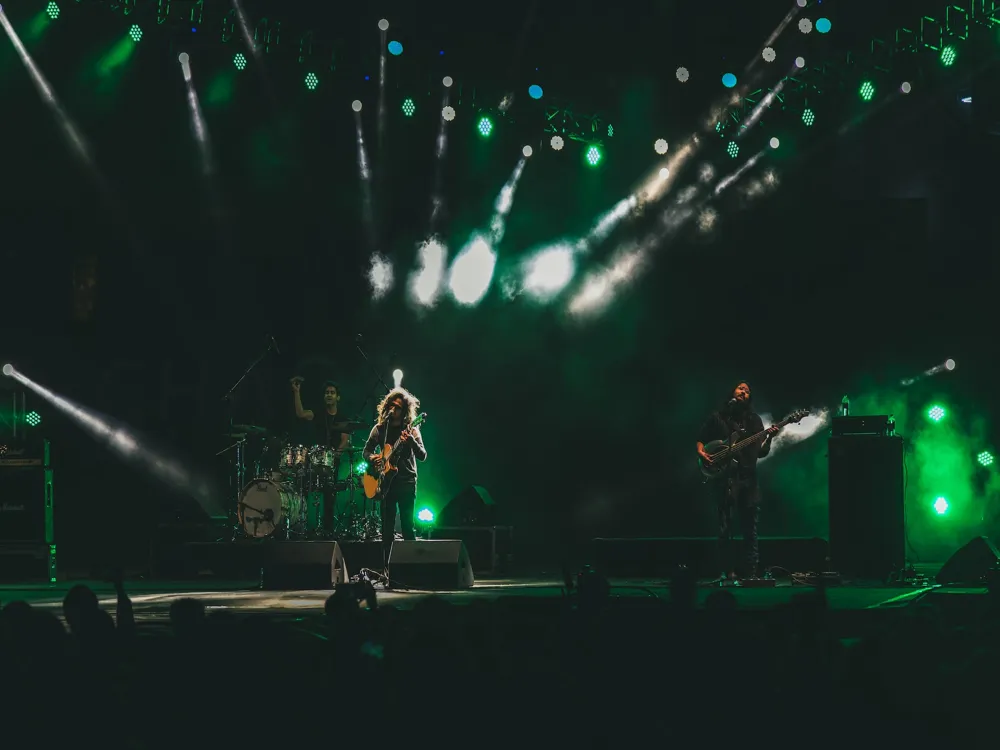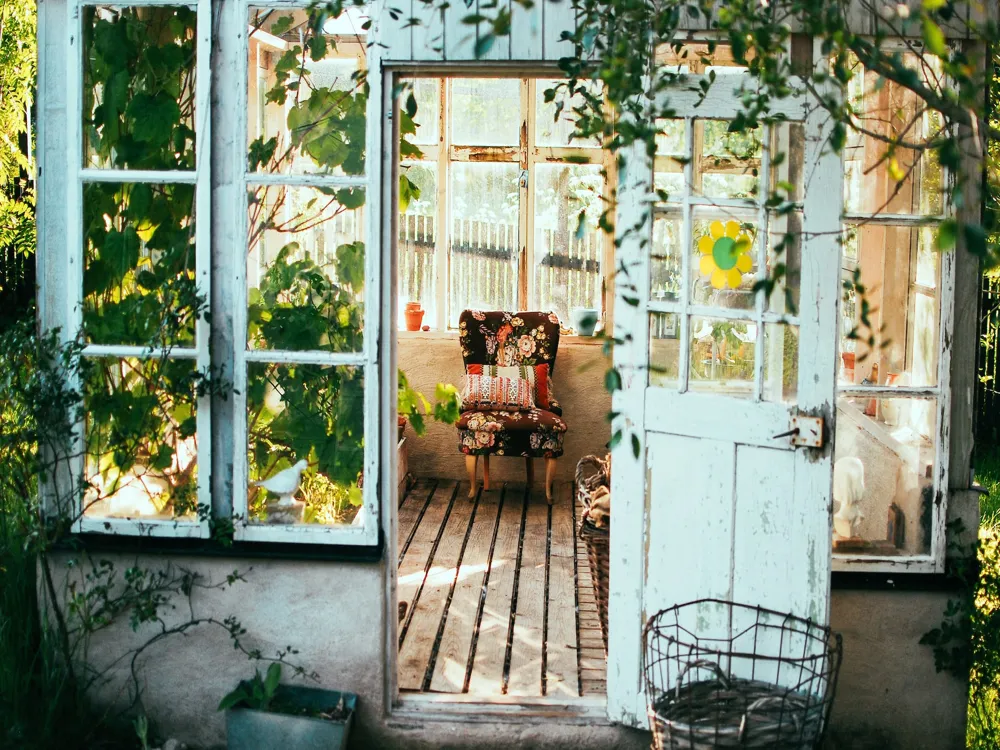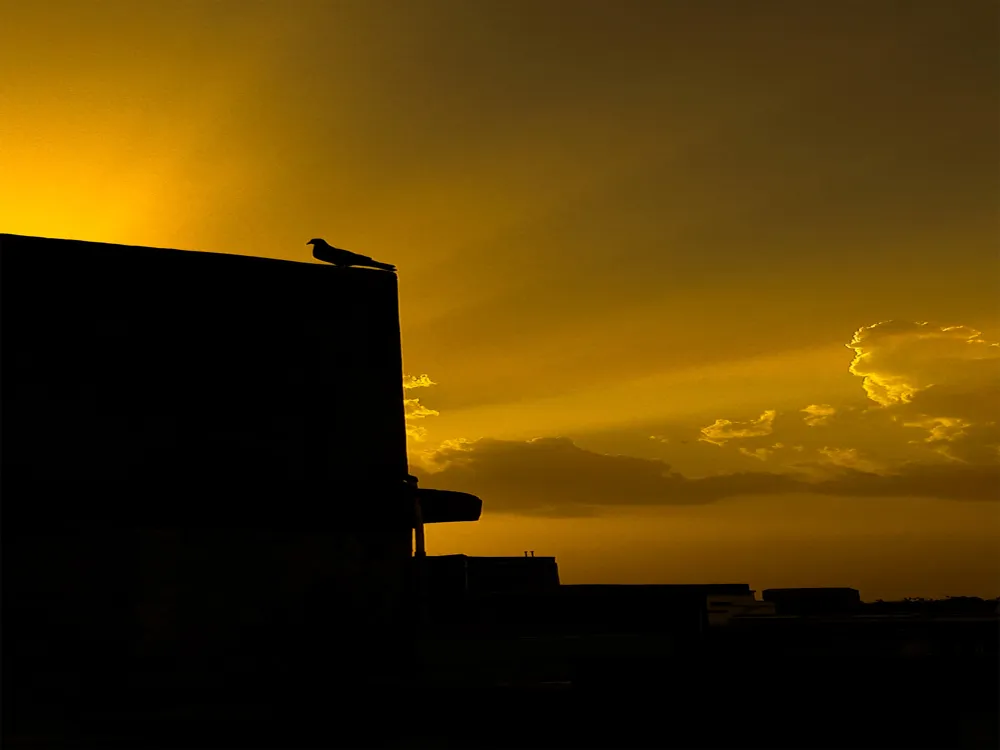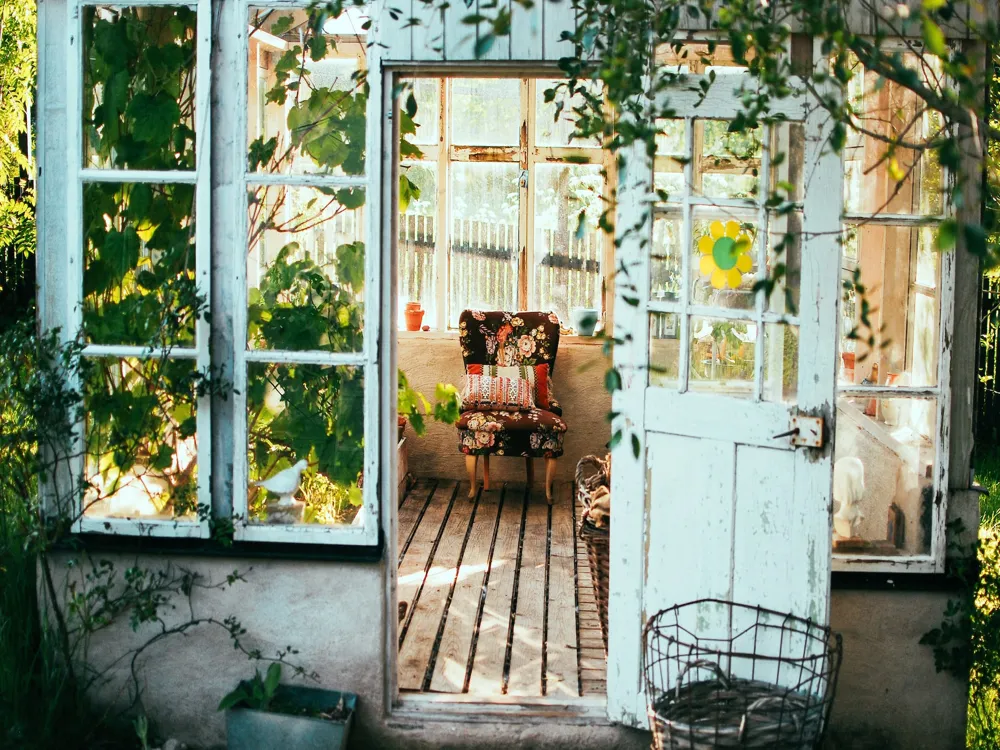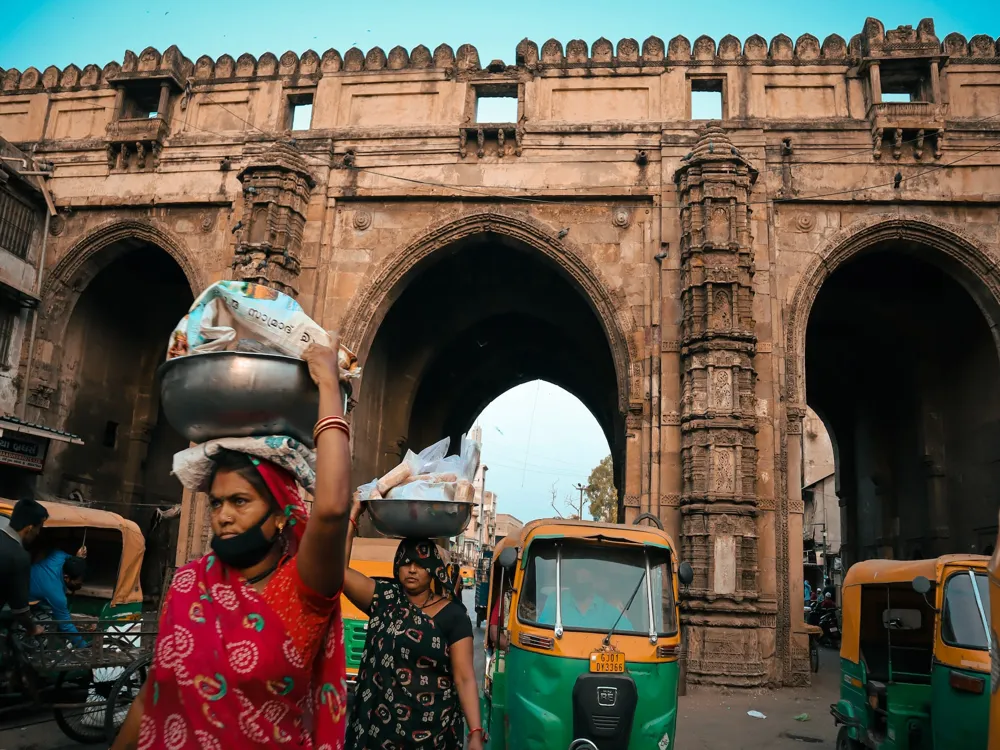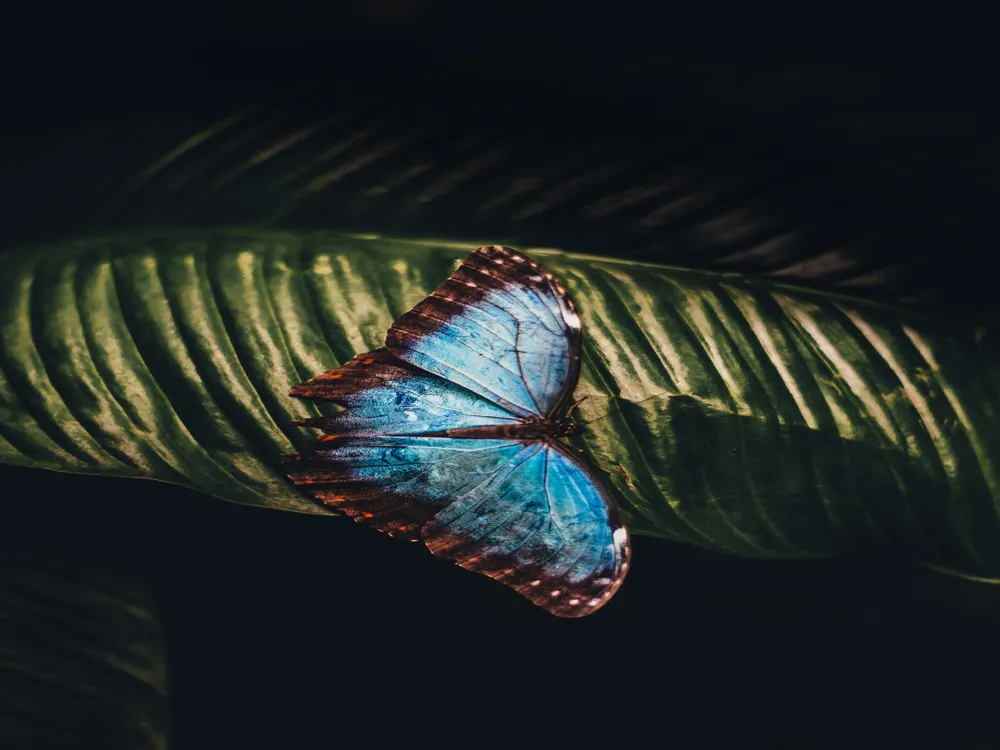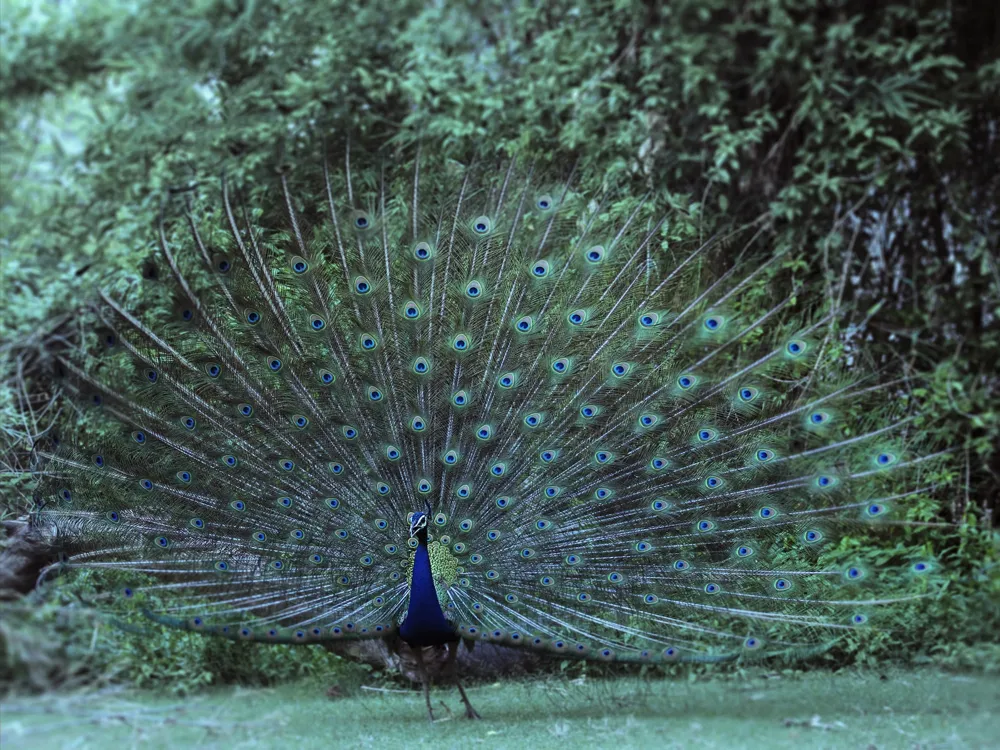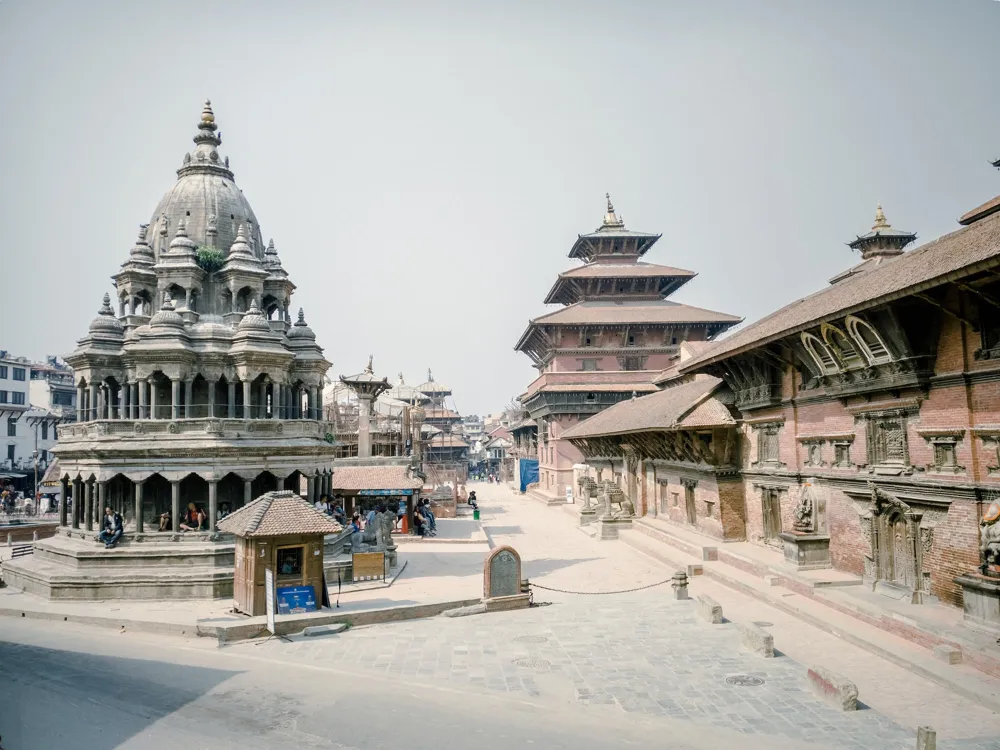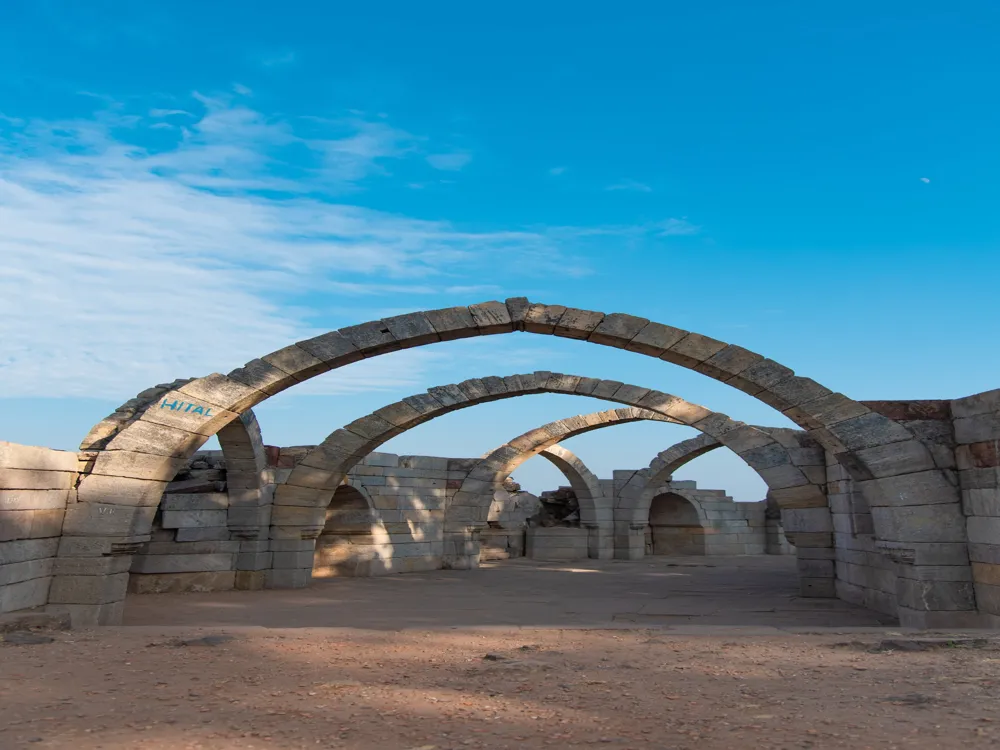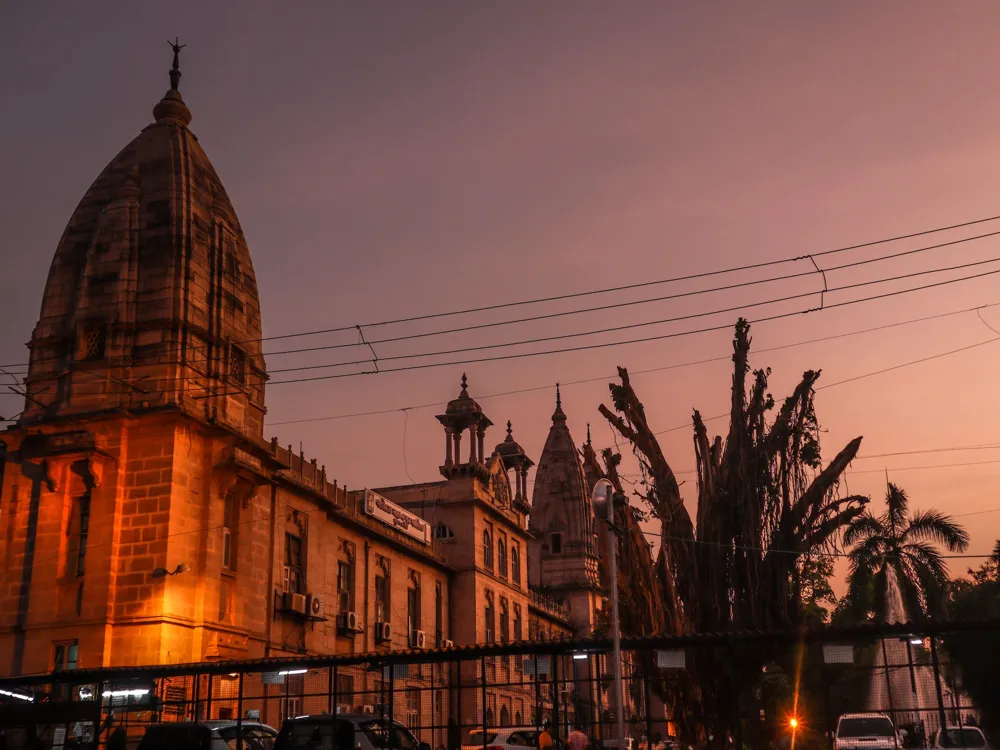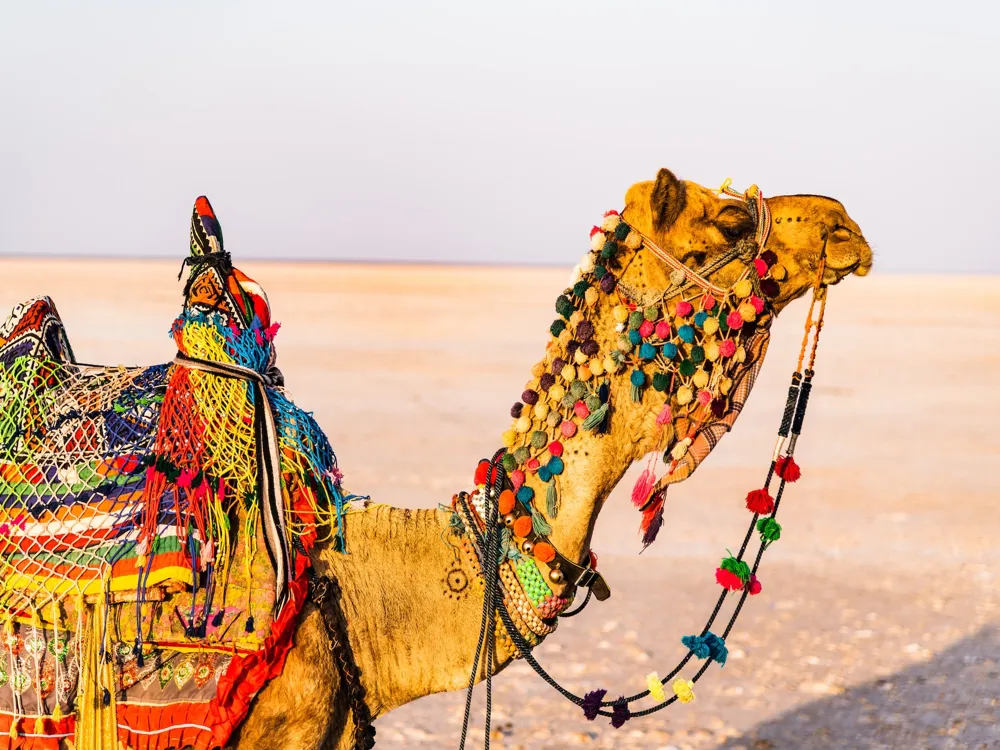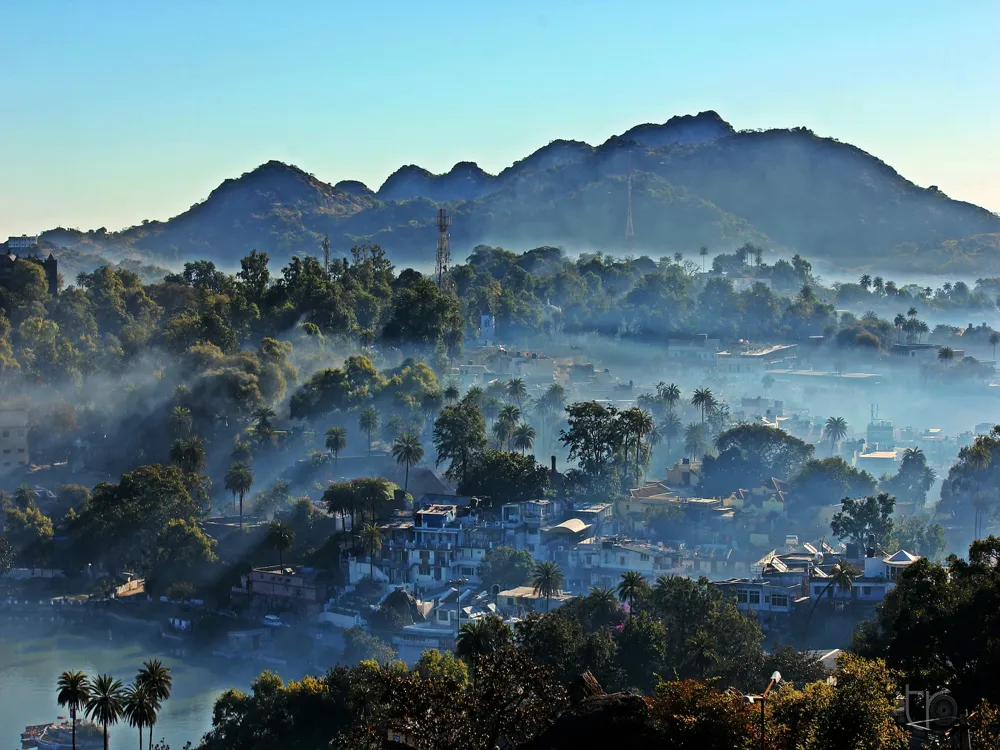The Kite Museum of Ahmedabad, nestled in the vibrant city of Gujarat, stands as a unique testament to the rich cultural heritage of kite flying in India. This museum, one of its kind, not only showcases an array of traditional and contemporary kites but also delves into the history, art, and science behind kite making and flying. Visitors to the museum are greeted with a kaleidoscope of colors and designs, featuring kites from different regions and eras. Each kite tells a story, from simple paper-and-bamboo designs to intricate artworks adorned with folklore and religious motifs. The journey through the museum is like a walk through history, tracing the origins of kites in India and their evolution over the years. The collection includes rare and antique kites, some of which are over a century old, providing insights into the materials and techniques used in different periods. Interactive displays and workshops offer a hands-on experience, allowing visitors to understand the physics of kite flying and even try their hand at making their kites. The museum is not just a repository of kites but also a center for cultural exchange. It hosts various events and festivals, especially around Makar Sankranti, a major kite-flying festival in India. These events feature kite flying competitions, exhibitions, and cultural performances, drawing enthusiasts from across the globe. The Kite Museum of Ahmedabad is more than just a tourist attraction; it is a vibrant community hub that keeps the age-old tradition of kite flying alive and soaring. The architecture of the Kite Museum in Ahmedabad is a harmonious blend of tradition and modernity, reflecting the spirit of the kites it houses. The building's design takes inspiration from the dynamics of kite flying, with fluid lines and open spaces creating an ambiance of lightness and movement. The use of local materials and construction techniques pays homage to Gujarat's architectural heritage, while contemporary design elements add a modern flair. The museum's layout is thoughtfully crafted to guide visitors through a seamless narrative of kite history. The entrance is adorned with a large, colorful kite installation, setting the tone for the experience ahead. The main exhibition hall, with its high ceilings and ample natural light, provides the perfect backdrop for the display of kites. Carefully positioned lighting and display cases highlight the intricate details of each kite, from delicate paperwork to elaborate string designs. The building also incorporates eco-friendly features, like energy-efficient lighting and natural ventilation, aligning with the ethos of sustainability in kite making. The integration of indoor and outdoor spaces, including a courtyard and garden, allows for kite-flying demonstrations and outdoor events, adding a dynamic layer to the visitor experience. The architecture of the Kite Museum is not just about aesthetics; it is a functional space that brings the story of kites to life. The ideal time to visit the Kite Museum is during the cooler months from November to February, coinciding with the Makar Sankranti festival in January when the museum is at its liveliest. Opt for guided tours to gain deeper insights into the history and art of kite making. These tours often include interactive sessions and kite-making workshops. While photography is allowed, it's advisable to check with the museum staff regarding any restrictions, especially for special exhibits or delicate artifacts. Respect the museum's rules and regulations, including any specific guidelines for handling exhibits or participating in workshops. Keep an eye on the museum's schedule for special events, workshops, and kite flying demonstrations, particularly around local festivals. The Kite Museum is easily accessible by various modes of transportation. It's located in the heart of Ahmedabad, close to major landmarks. Visitors can reach the museum by local buses, auto-rickshaws, or taxis. For those driving, there is ample parking space available. The nearest railway station and airport are well connected to the museum, with frequent transport services available for the convenience of visitors. Read More:Overview of the Kite Museum of Ahmedabad
Architecture of the Kite Museum
Tips When Visiting the Kite Museum
Best Time to Visit
Guided Tours
Photography
Museum Etiquette
Local Events
How To Reach the Kite Museum
Kite Museum
Ahmedabad
Gujarat
NaN onwards
View ahmedabad Packages
Weather :
Tags : Museum
Timings : Closed on Mondays
10:00 AM to 12:00 PM
4:00 PM to 6:00 PM
Entry Fee : None
Planning a Trip? Ask Your Question
Ahmedabad Travel Packages
View All Packages For Ahmedabad
Top Hotel Collections for Ahmedabad

Private Pool

Luxury Hotels

5-Star Hotels

Pet Friendly
Top Hotels Near Ahmedabad
Other Top Ranking Places In Ahmedabad
View All Places To Visit In ahmedabad
Faq on Ahmedabad
What is the Kite Museum in Ahmedabad?
The Kite Museum in Ahmedabad is a unique museum dedicated to showcasing the art, history, and culture of kites.
What can I expect to see at the Kite Museum?
At the Kite Museum, you can expect to see a vast collection of kites from various regions of India and around the world, along with exhibits explaining the history and significance of kites in different cultures.
Is there an entry fee for visiting the Kite Museum?
Yes, there is usually a nominal entry fee for visiting the Kite Museum. The fee may vary depending on factors such as age and nationality.
What are the opening hours of the Kite Museum?
The opening hours of the Kite Museum may vary, so it's best to check the official website or contact the museum directly for the most up-to-date information on visiting hours.
Can I fly kites at the Kite Museum?
While the primary purpose of the Kite Museum is to showcase kite-related exhibits, some events or occasions may allow visitors to fly kites in designated areas. It's advisable to inquire about such opportunities during your visit.
View ahmedabad Packages
Weather :
Tags : Museum
Timings : Closed on Mondays
10:00 AM to 12:00 PM
4:00 PM to 6:00 PM
Entry Fee : None
Planning a Trip? Ask Your Question
Ahmedabad Travel Packages
View All Packages For Ahmedabad
Top Hotel Collections for Ahmedabad

Private Pool

Luxury Hotels

5-Star Hotels

Pet Friendly
Top Hotels Near Ahmedabad
Other Top Ranking Places In Ahmedabad
View All Places To Visit In ahmedabadFaq on Ahmedabad
What is the Kite Museum in Ahmedabad?
The Kite Museum in Ahmedabad is a unique museum dedicated to showcasing the art, history, and culture of kites.
What can I expect to see at the Kite Museum?
At the Kite Museum, you can expect to see a vast collection of kites from various regions of India and around the world, along with exhibits explaining the history and significance of kites in different cultures.
Is there an entry fee for visiting the Kite Museum?
Yes, there is usually a nominal entry fee for visiting the Kite Museum. The fee may vary depending on factors such as age and nationality.
What are the opening hours of the Kite Museum?
The opening hours of the Kite Museum may vary, so it's best to check the official website or contact the museum directly for the most up-to-date information on visiting hours.
Can I fly kites at the Kite Museum?
While the primary purpose of the Kite Museum is to showcase kite-related exhibits, some events or occasions may allow visitors to fly kites in designated areas. It's advisable to inquire about such opportunities during your visit.







